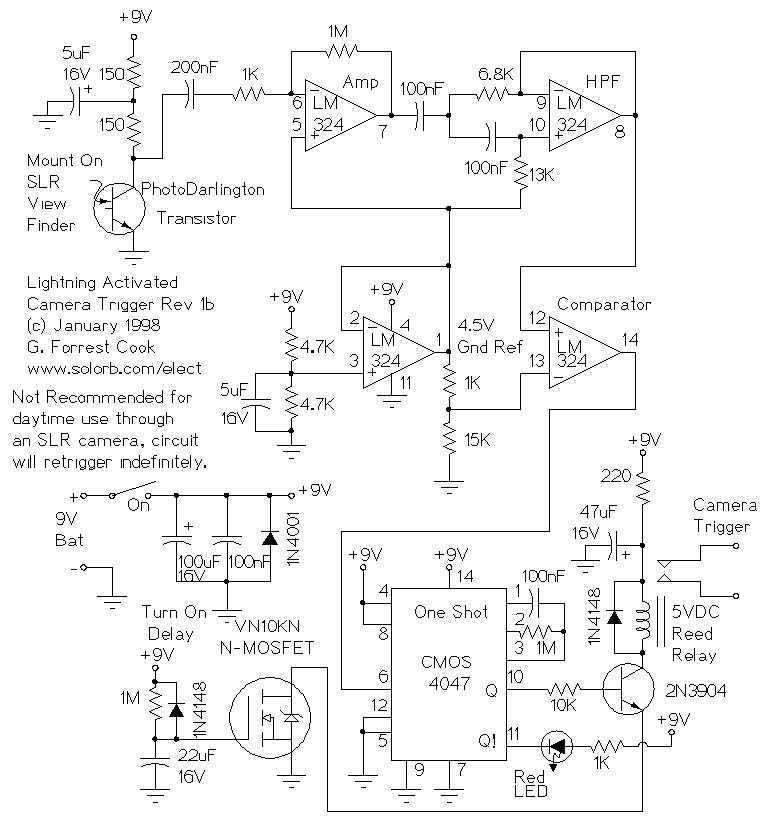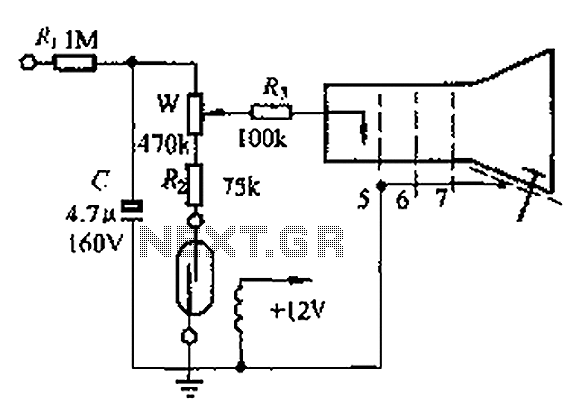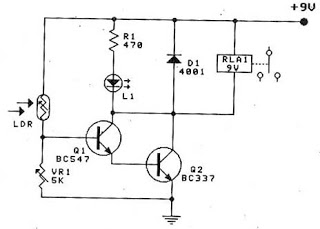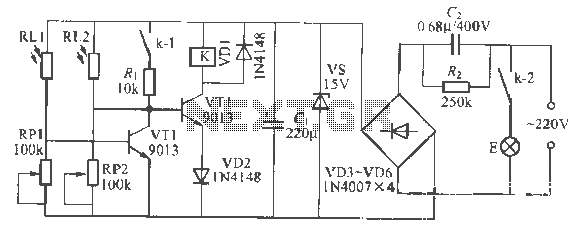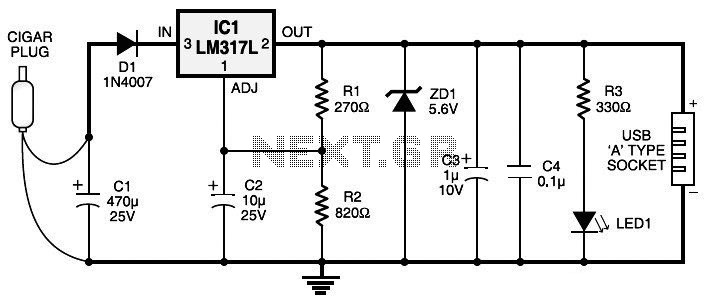
Light following robot
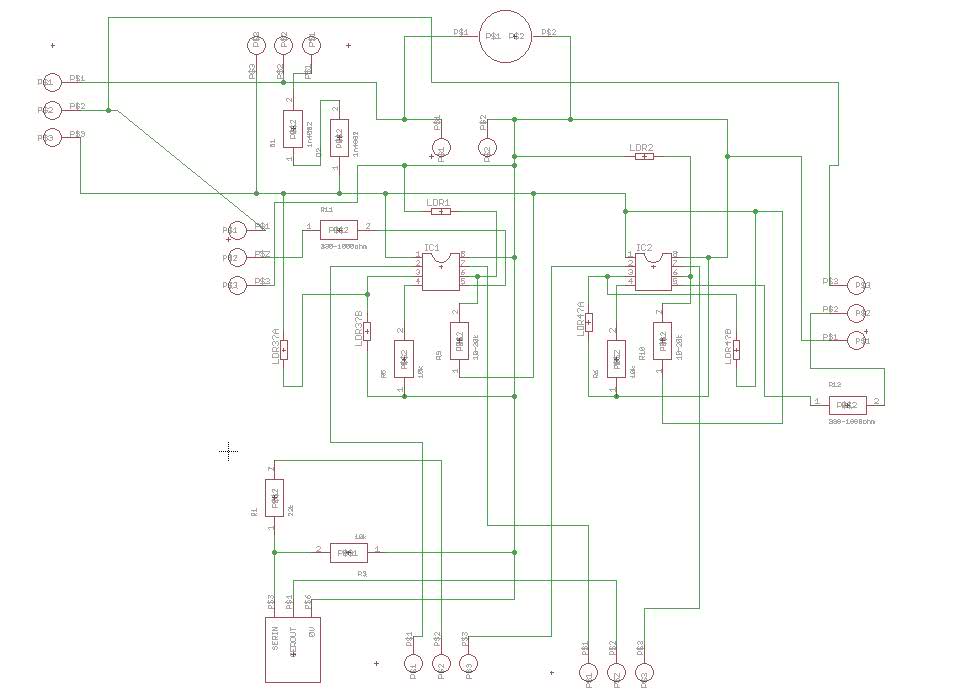
One of the motors consistently exhibits hesitation and operates in an unpredictable manner. When tested independently, the motors function correctly without any hesitation. The GPS unit features a Low Voltage TTL serial output on its connector, but a reliable datasheet is unavailable, making it difficult to determine the voltage range for this output (estimated to be around 3V). The issue with the servos may stem from inadequate grounding and insufficient decoupling capacitors around the 08M microcontroller. It is advisable to separate the power supply for the servos and the PICAXE microcontroller, as the startup, operation, or direction changes of the servos could lead to power dips affecting the PICAXE. This can result in erratic movements, as the PICAXE experiences brownouts and resets. As battery wear increases, these issues become more frequent. Implementing an LED indicator may assist in diagnosing the problem; for example, turning on an LED for half a second before starting the servo can reveal if the program restarts due to a reset. The recommended solution is to use separate battery packs while maintaining a common ground. The placement of this common point is crucial to prevent return currents from the motor from affecting the PICAXE, as this could elevate the ground potential at the PICAXE. While powering the servos from a different supply may work temporarily, it is not a long-term solution. Attempts to use a dedicated power supply for the servos, with the ground connected to the circuit's ground, have not resolved the issue. Capacitors have been placed around the PICAXE, although their type is uncertain, and a 100µF capacitor is present on the power supply.
In this circuit setup, the primary concerns revolve around motor control and power management. The motors are exhibiting erratic behavior likely due to insufficient power supply isolation and grounding issues. The PICAXE microcontroller, which controls the motors, requires a stable power supply to function correctly. When motors are powered from the same source, voltage dips during motor operation can lead to microcontroller resets, causing the erratic behavior observed.
To enhance the reliability of the system, it is critical to implement proper decoupling techniques. This involves placing decoupling capacitors close to the power pins of the PICAXE to filter out high-frequency noise and stabilize the power supply. Ceramic capacitors (typically 0.1µF) are recommended for high-frequency filtering, while larger electrolytic capacitors (e.g., 100µF) can help manage low-frequency fluctuations caused by motor startup or load changes.
The grounding scheme must also be addressed. A star grounding configuration is advisable, where all grounds converge at a single point to minimize ground loops and voltage differentials. This arrangement helps ensure that return currents from the motors do not interfere with the PICAXE's ground reference.
The use of separate battery packs for the motors and the PICAXE is highly recommended. This approach not only isolates the power supplies but also allows for the selection of batteries that can handle the current demands of the motors without affecting the microcontroller's operation. When connecting the grounds of the two supplies, it is essential to do so at a point that is as close to the power source of the motors as possible.
In conclusion, addressing the power supply and grounding issues will significantly improve the performance of the motors and the overall stability of the circuit. Implementing these changes will help mitigate the erratic behavior and ensure reliable operation of both the motors and the PICAXE microcontroller.One of the motors always seem to hesitate and be on or off randomly. Also the motors are just very unpredictable in general (with this setup that is). When I use them independently they work fine without any hesitation or anything. Regarding your GPS unit, it does have a Low Voltage TTL serial output on the connector. I can`t find a decent datasheet to look at so do not know the voltage range for this output (3V at a guess). Not sure what your issue is with the servo`s. My guess is that you need to ensure the earths/0V are good and that there is good decoupling caps around the 08M. I`d agree with the comments above (#4) where the supply has not been seperated for the servo and picaxe.
The servo start-up, running or change in direction could cause a dip in power to the picaxe. you`ll see erratic movement but the picaxe is seeing brown out and power on resets. The more "worn" the batteries become the more common the problem. Use of an LED indication may help with diagnosis, say turn on an LED for 1/2 second. Turn off and start the servo, if you`re seeing the LED come on again then you`re seeing the program restart after some sort of reset! The easy solution is seperate battery packs and a common 0v. The location of the common point can be important, you don`t want return current from the motor passing the picaxe (it can raise the potential of the "0V" to picaxe), give it a short route back to it`s battery.
Running the servo`s from another supply is not accepteable in the end but to get it working atleast, it is. I tried using a dedicated supply for the servo`s with the GND connected to GND on the supply powering the circuit but the same problem perists.
I have capacitors over the picaxe`s (no idea if they are ceramic or not but you can see them on the pictures) and a 100uF capacitor over the power supply. 🔗 External reference
In this circuit setup, the primary concerns revolve around motor control and power management. The motors are exhibiting erratic behavior likely due to insufficient power supply isolation and grounding issues. The PICAXE microcontroller, which controls the motors, requires a stable power supply to function correctly. When motors are powered from the same source, voltage dips during motor operation can lead to microcontroller resets, causing the erratic behavior observed.
To enhance the reliability of the system, it is critical to implement proper decoupling techniques. This involves placing decoupling capacitors close to the power pins of the PICAXE to filter out high-frequency noise and stabilize the power supply. Ceramic capacitors (typically 0.1µF) are recommended for high-frequency filtering, while larger electrolytic capacitors (e.g., 100µF) can help manage low-frequency fluctuations caused by motor startup or load changes.
The grounding scheme must also be addressed. A star grounding configuration is advisable, where all grounds converge at a single point to minimize ground loops and voltage differentials. This arrangement helps ensure that return currents from the motors do not interfere with the PICAXE's ground reference.
The use of separate battery packs for the motors and the PICAXE is highly recommended. This approach not only isolates the power supplies but also allows for the selection of batteries that can handle the current demands of the motors without affecting the microcontroller's operation. When connecting the grounds of the two supplies, it is essential to do so at a point that is as close to the power source of the motors as possible.
In conclusion, addressing the power supply and grounding issues will significantly improve the performance of the motors and the overall stability of the circuit. Implementing these changes will help mitigate the erratic behavior and ensure reliable operation of both the motors and the PICAXE microcontroller.One of the motors always seem to hesitate and be on or off randomly. Also the motors are just very unpredictable in general (with this setup that is). When I use them independently they work fine without any hesitation or anything. Regarding your GPS unit, it does have a Low Voltage TTL serial output on the connector. I can`t find a decent datasheet to look at so do not know the voltage range for this output (3V at a guess). Not sure what your issue is with the servo`s. My guess is that you need to ensure the earths/0V are good and that there is good decoupling caps around the 08M. I`d agree with the comments above (#4) where the supply has not been seperated for the servo and picaxe.
The servo start-up, running or change in direction could cause a dip in power to the picaxe. you`ll see erratic movement but the picaxe is seeing brown out and power on resets. The more "worn" the batteries become the more common the problem. Use of an LED indication may help with diagnosis, say turn on an LED for 1/2 second. Turn off and start the servo, if you`re seeing the LED come on again then you`re seeing the program restart after some sort of reset! The easy solution is seperate battery packs and a common 0v. The location of the common point can be important, you don`t want return current from the motor passing the picaxe (it can raise the potential of the "0V" to picaxe), give it a short route back to it`s battery.
Running the servo`s from another supply is not accepteable in the end but to get it working atleast, it is. I tried using a dedicated supply for the servo`s with the GND connected to GND on the supply powering the circuit but the same problem perists.
I have capacitors over the picaxe`s (no idea if they are ceramic or not but you can see them on the pictures) and a 100uF capacitor over the power supply. 🔗 External reference
Warning: include(partials/cookie-banner.php): Failed to open stream: Permission denied in /var/www/html/nextgr/view-circuit.php on line 713
Warning: include(): Failed opening 'partials/cookie-banner.php' for inclusion (include_path='.:/usr/share/php') in /var/www/html/nextgr/view-circuit.php on line 713
